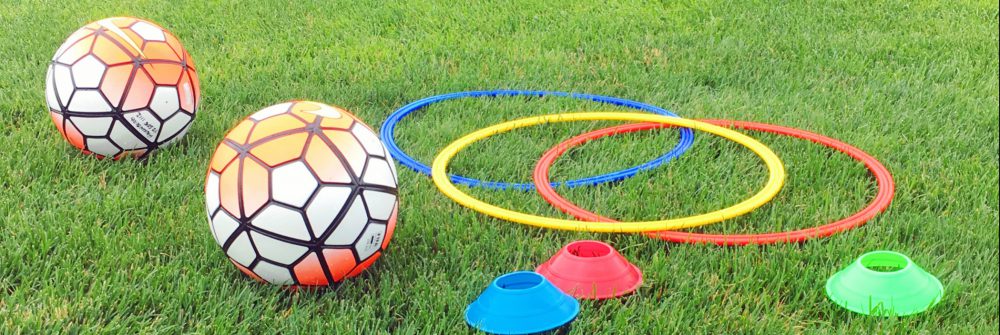“The Secret Sauce for Youth Athletes” takes a deeper dive into journaling.
In the ever-evolving world of youth sports, where competition is fierce and success requires a holistic approach, the significance of mental well-being and psychological resilience cannot be overstated. Building upon our previous exploration of journaling for youth athletes, this follow-up to the April 11 article (Located Here) aims to delve deeper into the transformative power of this practice. As we introduce advanced strategies, we’ll continue to unravel the “Secret Sauce” that makes journaling a game-changer in the pursuit of athletic excellence.
Research suggests that writing things down can help improve memory retention and recall. When we write something down, we engage in a process called encoding, which involves transforming information from our short-term memory into a more durable form that can be stored in long-term memory.
Overcoming Challenges
Studies have shown that journaling can help people manage anxiety and reduce symptoms, especially as part of a mental health treatment program. Journaling for anxiety, in particular, can increase your self-awareness and help you recognize patterns in your behavior that might be adding to your stress level. As an athlete, getting your thoughts out on paper helps to process the given situation and manage the outcome and navigate potential obstacles. This is a proven and helpful way to “get things off your chest”. Getting into this habit now around what you love, your sport, will provide the discipline and muscle memory to carry you through life.
Celebrate Wins
Highlighting real-life success stories can inspire and motivate both coaches and young athletes. From improved focus and goal-setting to enhanced self-awareness and stress management, Celebrating accomplishments and success puts you in a positive frame of mind. This is not only beneficial in real-time, but also over the long term. It is important to periodically review past writings as it highlights how far you have come and also reminds you of that previous win or accomplishment.
Beyond the Basics
While the most important part of journaling is simply getting started, once you get into the routine, you can take it further. The previous post provided a comprehensive guide to getting started with journaling, this section will introduce advanced techniques to take the practice to the next level. Topics include:
a. Visualization Techniques: Exploring how visualization exercises within a journal can help athletes mentally rehearse and prepare for competitions, fostering a sense of familiarity and confidence. For more on visualization – see previous POST from April 4, 2023.
b. Performance Analysis: Introducing the concept of performance analysis through journaling, where athletes can critically assess their strengths and weaknesses, identify patterns, and strategize for improvement. Simply documenting what went well, what didn’t go well and what could improve will provide insight into what to keep doing, what to start doing and what to stop doing or change.
c. Goal Refinement: Discussing how to refine and evolve goals over time, ensuring that journaling remains a dynamic tool for personal and athletic development. Capturing daily thoughts and activities enables an athlete to identify patterns or trends that could lead to critical adjustments. Weekly, Monthly and Quarterly check-ins are considered to be Best-Practice in goal management.
d. Integrating Technology: In an era dominated by technology, there are plenty of digital tools and apps can enhance the journaling experience for youth athletes. In the December 2023 update for iPhone, apple introduced a Journal as part of the update. From goal-tracking, meditation apps, to mood monitoring tools, the integration of technology can streamline the journaling process and provide valuable insights into an athlete’s mental and emotional well-being.
Conclusion:
As we continue to uncover the layers of the Secret Sauce behind journaling for youth athletes, it becomes evident that this practice is not just a trend but a fundamental tool for nurturing holistic athletic development. By exploring success, overcoming setback, and using advanced strategies, and technology, young athletes will develop the keys to unlocking their full potential along their journey to success in the competitive world of youth sports.
Follow this blog and on social media, @coachrich8 on Instagram, Facebook, and Twitter to learn critical life skills through youth sports.
“The Secret Sauce for Your Youth Athletes” and the 3rd Edition of “The Battle Plan for Youth Athletes” Goal tracking and Daily Journal – are now available at Amazon.


